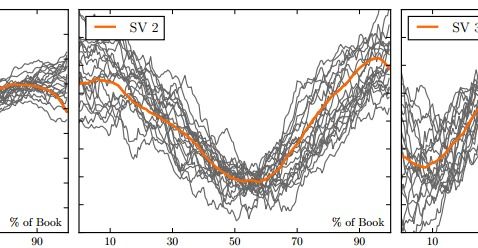Jul 6, 2016
NSA to stand trial for spying on convicted bomber without warrant
Posted by Karen Hurst in categories: government, internet, mobile phones, privacy, security, surveillance
You got to luv this one.
The security agency must defend itself in a US appeals court for violating the rights of a convicted bomber by supposedly illegally spying on him.
A US appeals court will weigh a constitutional challenge on Wednesday to a warrantless government surveillance program, brought by an Oregon man found guilty of attempting to detonate a bomb in 2010 during a Christmas tree-lighting ceremony.
Continue reading “NSA to stand trial for spying on convicted bomber without warrant” »

















